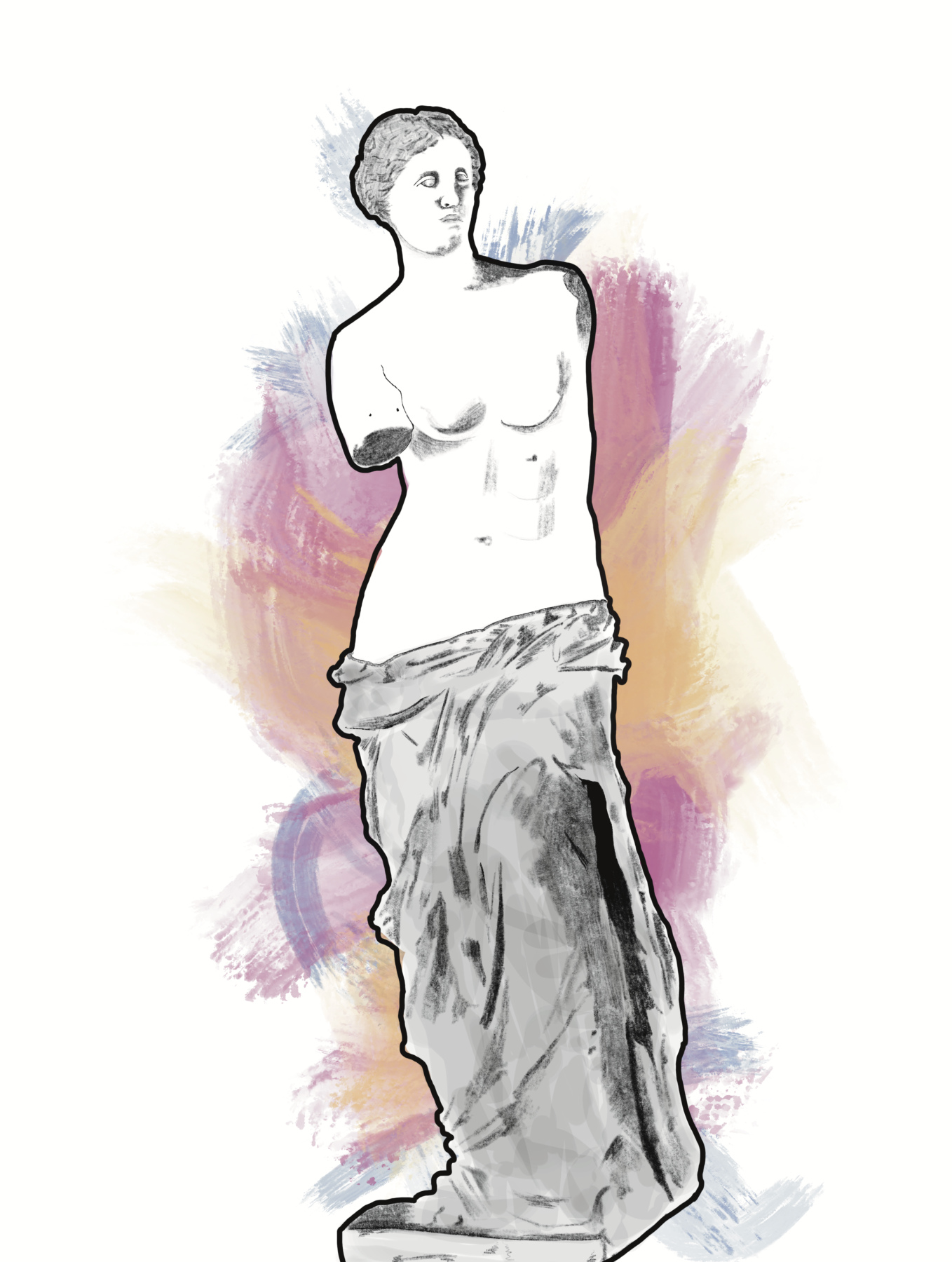The Milo Venus, also known as the Aphrodite of Milos, is an iconic sculpture that has captivated art enthusiasts and historians for centuries. Crafted in ancient Greece, this timeless masterpiece showcases the elegance and allure of the goddess of love and beauty, Aphrodite. In this article, we delve into the history and significance of the Milo Venus, exploring its artistic excellence, archaeological context, and the enduring fascination it continues to evoke.
The Artistic Excellence of the Milo Venus:
The Milo Venus is a prime example of classical Greek sculpture, believed to be the work of Alexandros of Antioch. Standing at around 6 feet 8 inches tall, the marble sculpture portrays Aphrodite with a pose known as the “Venus Pudica” or modest Venus. The statue features a graceful stance, with the goddess covering her nudity with her hands, capturing the essence of her ethereal beauty and divine modesty.
The sculptor’s exceptional attention to detail is evident in the delicate curves of the figure, the intricate drapery that elegantly cascades down the body, and the serene expression on the goddess’s face. The harmonious balance of form and expression epitomizes the timeless artistry of ancient Greece.
Archaeological Context and Discovery:
The Milo Venus was discovered in 1820 by a peasant on the island of Milos (Milo), hence its name. It was found in several pieces, and its missing arms were later reconstructed. The sculpture was acquired by the French ambassador to the Ottoman Empire, and it eventually made its way to the Louvre Museum in Paris, where it remains one of the museum’s most prized possessions.
The history of the Milo Venus remains shrouded in mystery, as its exact origins and purpose remain a subject of scholarly debate. Some believe it might be a depiction of Aphrodite emerging from the sea, while others associate it with the goddess of victory, Nike. Nonetheless, its exquisite craftsmanship and timeless beauty have secured its place as a cherished treasure of ancient Greek art.
Enduring Fascination and Cultural Impact:
The Milo Venus continues to inspire awe and fascination among art enthusiasts, drawing crowds from all corners of the world to behold its beauty at the Louvre Museum. Its enduring popularity has resulted in numerous replicas and artistic renditions that celebrate the timeless elegance of the ancient world.
Beyond its artistic significance, the Milo Venus serves as a symbol of the enduring fascination with classical Greek art and culture. Its portrayal of Aphrodite represents ideals of beauty, grace, and feminine allure that continue to resonate with contemporary audiences.
